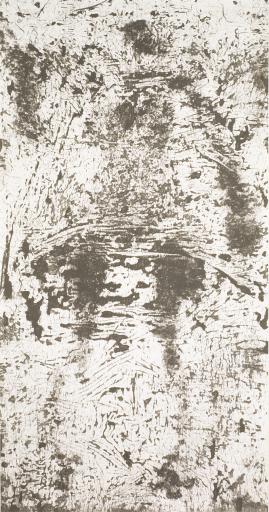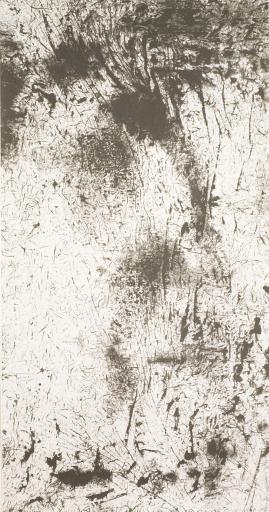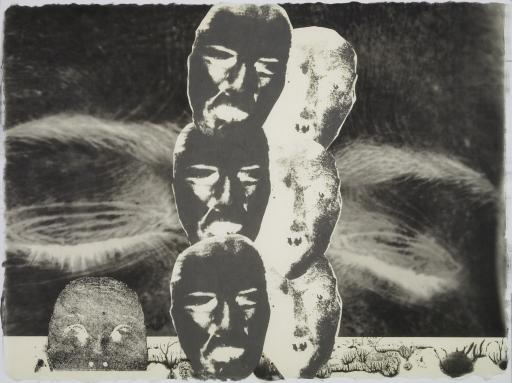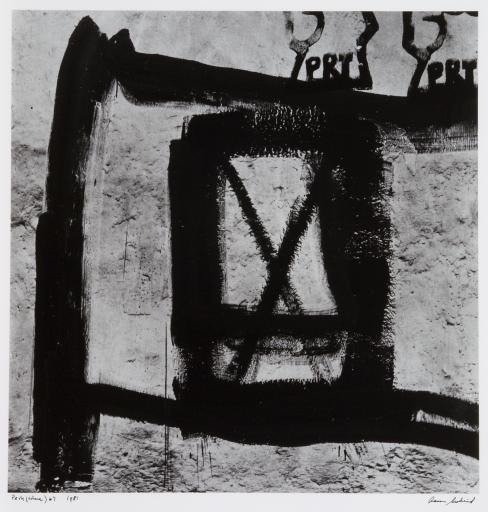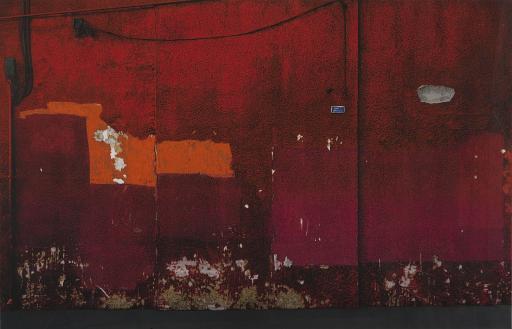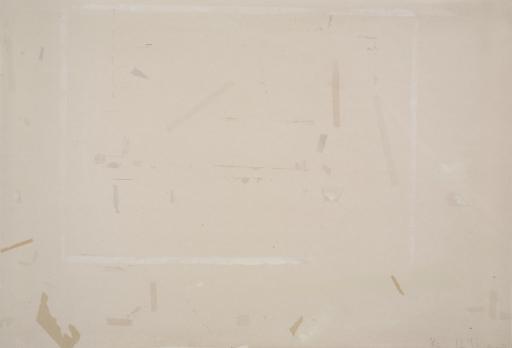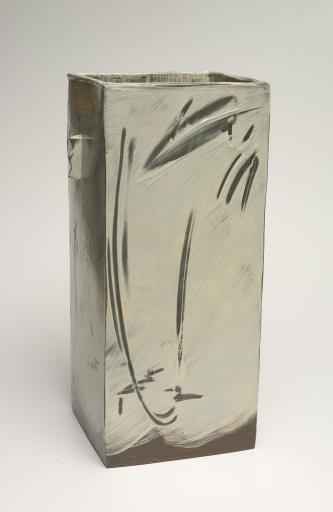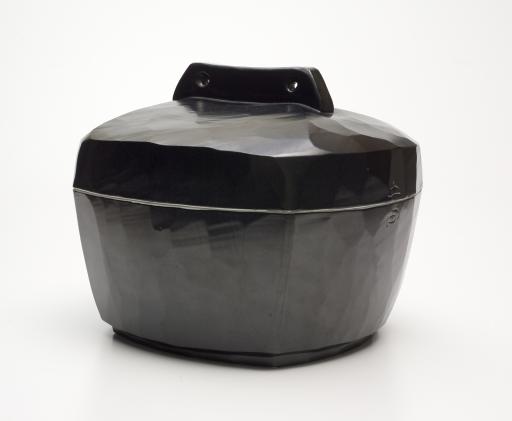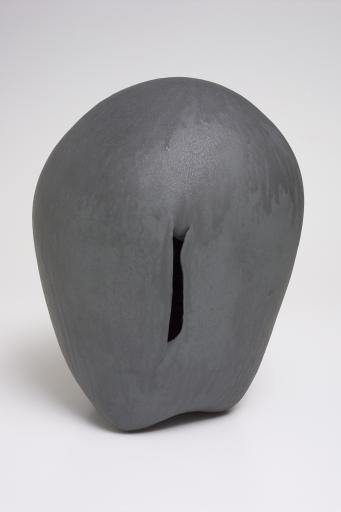Reviving the Past: Antiquity & Antiquarianism in East Asian Art | Textures of Interpretation: Meaning and Materiality in Global Contemporary Art
Exhibition Overview

How does the interplay of surface, texture, and materiality inform the meaning of an artwork? This thematic presentation, drawn from the Spencer’s permanent collection, explores the subtle deployment of seemingly superficial aspects like surface treatment as important interpretive clues for thinking about meaning in art. The cross-cultural dialogue presented in the works exhibited here-many of which are recent acquisitions-explores the multiple interpretations of texture and materiality at the intersection of sensory and conceptual levels.
Several important themes emerge in the works selected for this exhibition. The meaning of architectural space is explored in the depiction of walls-both as public urban geography and personalized interior realms-in the work of Aaron Siskind, Yoshida Hodaka, and Jiang Chao. In the hands of Kiki Smith and Koo Kyung-sook, the texture of flesh and organic material evoke a range of connotations in their performative explorations of the female body. Historical consciousness, both as homage to the past or the rejection of it, is evident in ceramic work by Kim Yik-yung and Robert Arneson.
More than mere scratches on the surface, texture denotes a web of significance that links materiality and decoration to the subtle and sometimes hidden realm of meaning.
